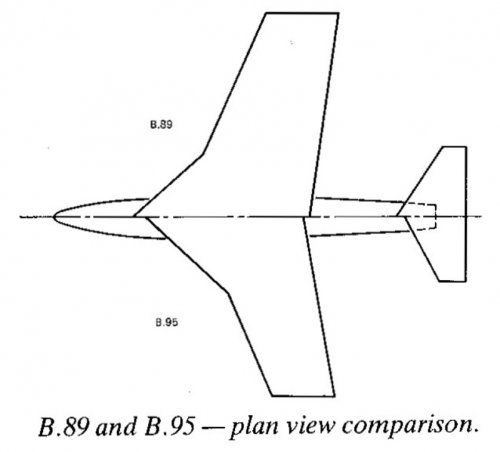- Joined
- 15 July 2007
- Messages
- 4,887
- Reaction score
- 4,552
Rather that revive a existing thread, I'd like to ponder what happens if the RN had gained one of its FAW types other than the DH110, what became the Sea Vixen.
We start with NR/A.14which was writen in Sept 1946 and issued Jan 1947. Spec N.40/46.
The prefered options where indeed the DH110 and the Fairey N.40/46.
It seems the RN was actualy trying to persue the Fairey design, due to its more conservative and achievable design, ability to perform other missions and the 40inch dish it could fit in the nose.
So the obvious question is what happens if the RN gets this machine instead?
Which poses the next question....when do they get it?
Cheaper and lighter was the N.14/49 single engine design.
Yet neither could fit the 35inch scanner for AI.16!
Then we come to N114T, where the choice seems to boil down to Blackburns B.89 or Westlands W.37.
Then a brief interlude of the B.95.
And thus onward to the Super Venom DH116.
What happens if any of these get into service?
We start with NR/A.14which was writen in Sept 1946 and issued Jan 1947. Spec N.40/46.
The prefered options where indeed the DH110 and the Fairey N.40/46.
It seems the RN was actualy trying to persue the Fairey design, due to its more conservative and achievable design, ability to perform other missions and the 40inch dish it could fit in the nose.
So the obvious question is what happens if the RN gets this machine instead?
Which poses the next question....when do they get it?
Cheaper and lighter was the N.14/49 single engine design.
Yet neither could fit the 35inch scanner for AI.16!
Then we come to N114T, where the choice seems to boil down to Blackburns B.89 or Westlands W.37.
Then a brief interlude of the B.95.
And thus onward to the Super Venom DH116.
What happens if any of these get into service?

